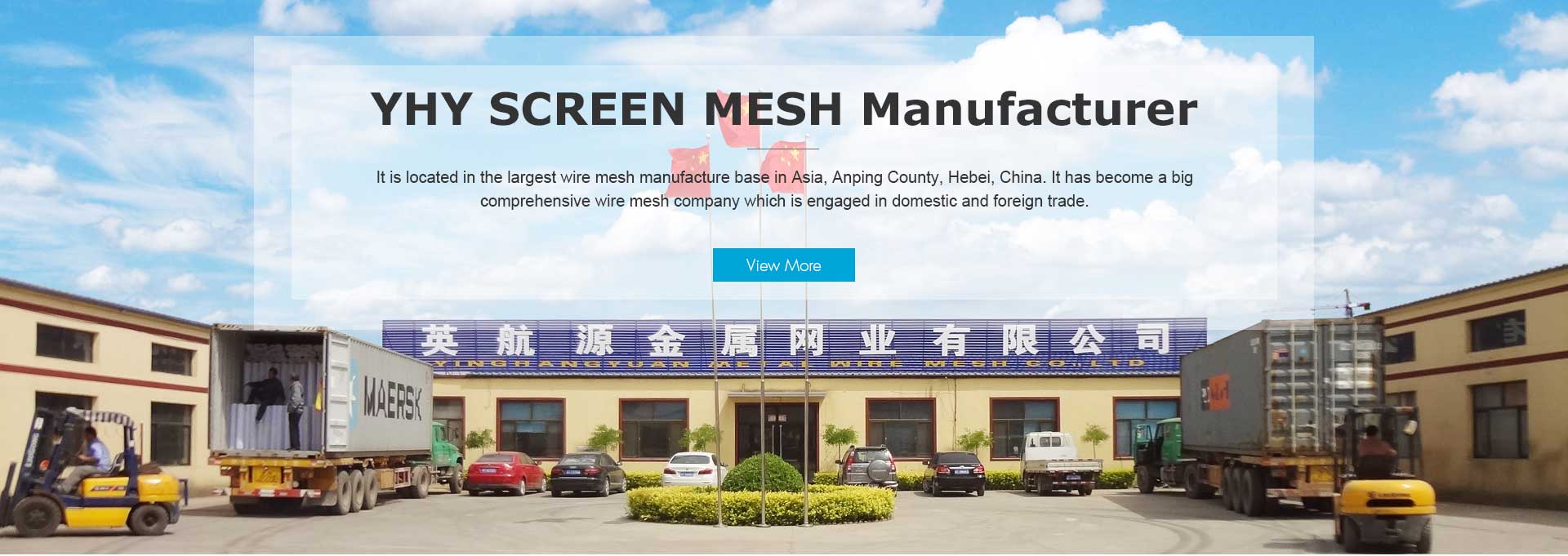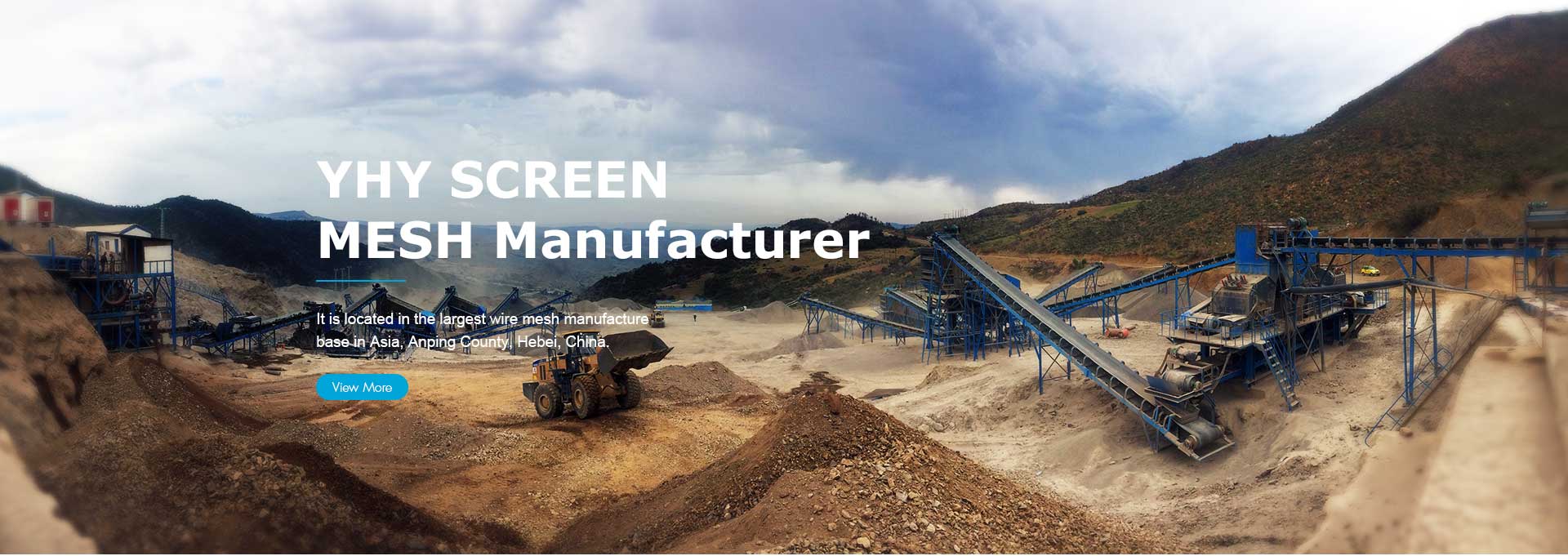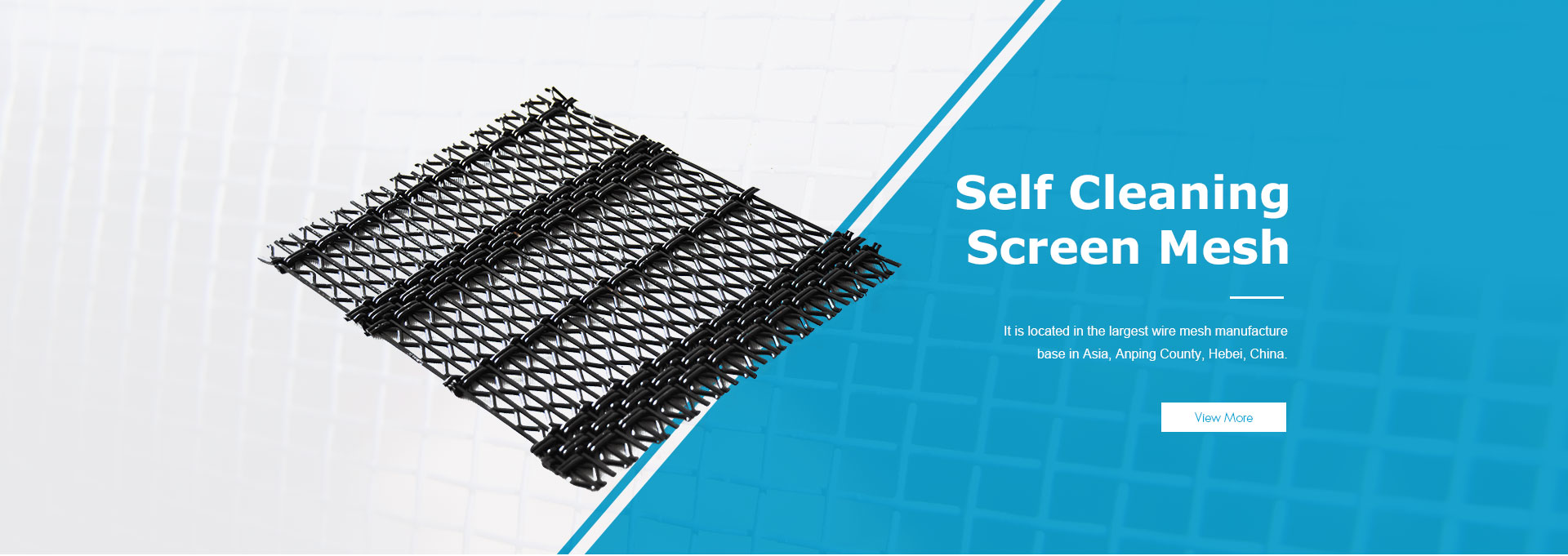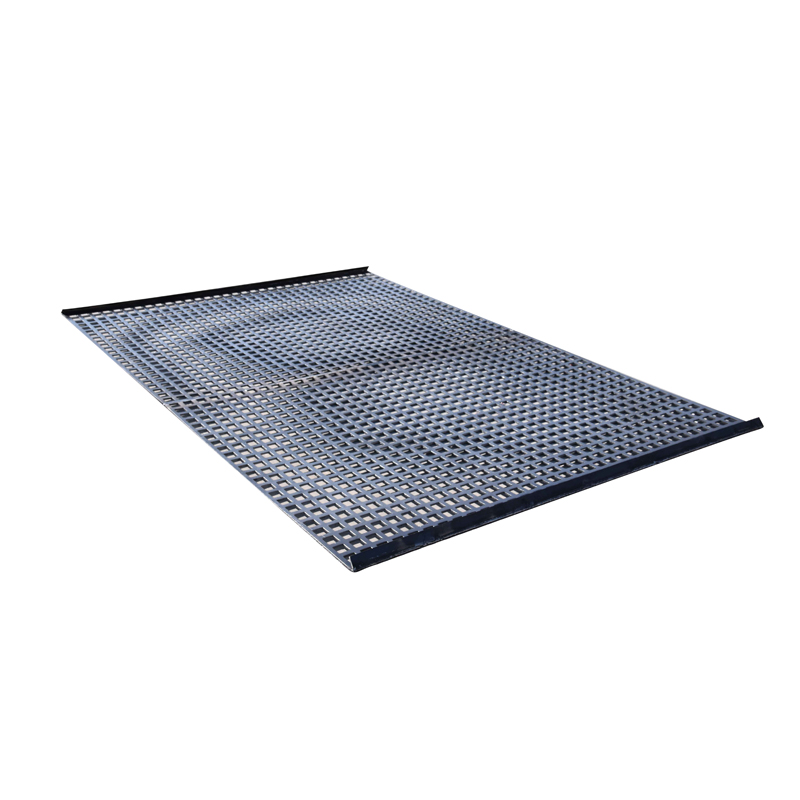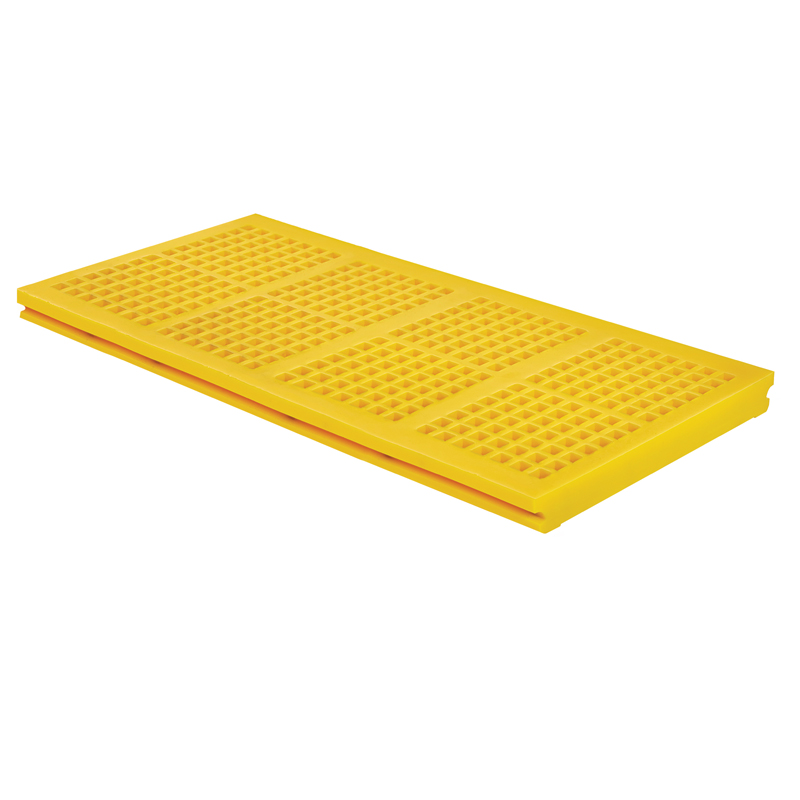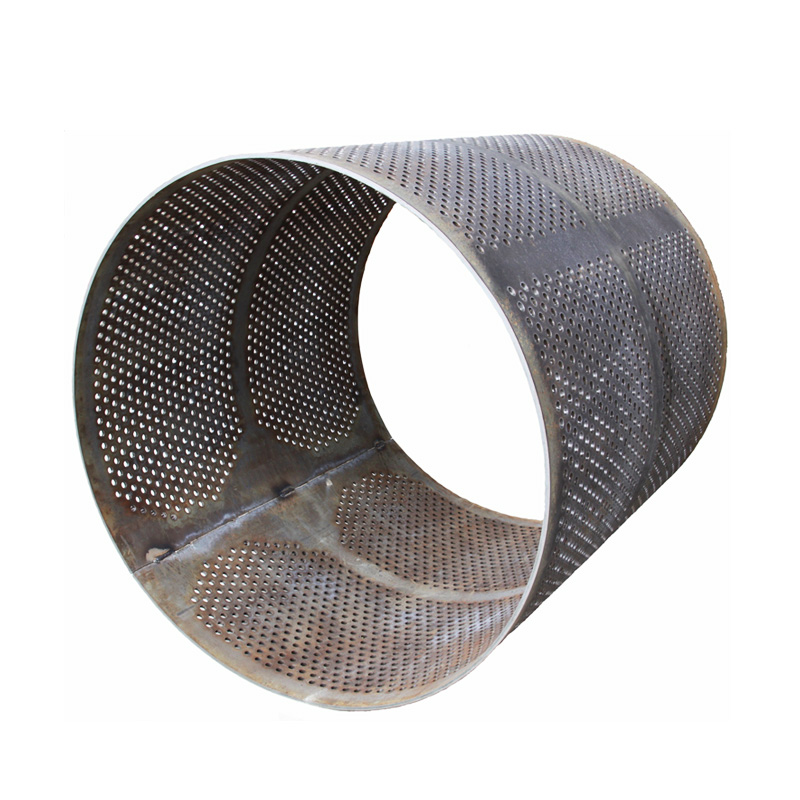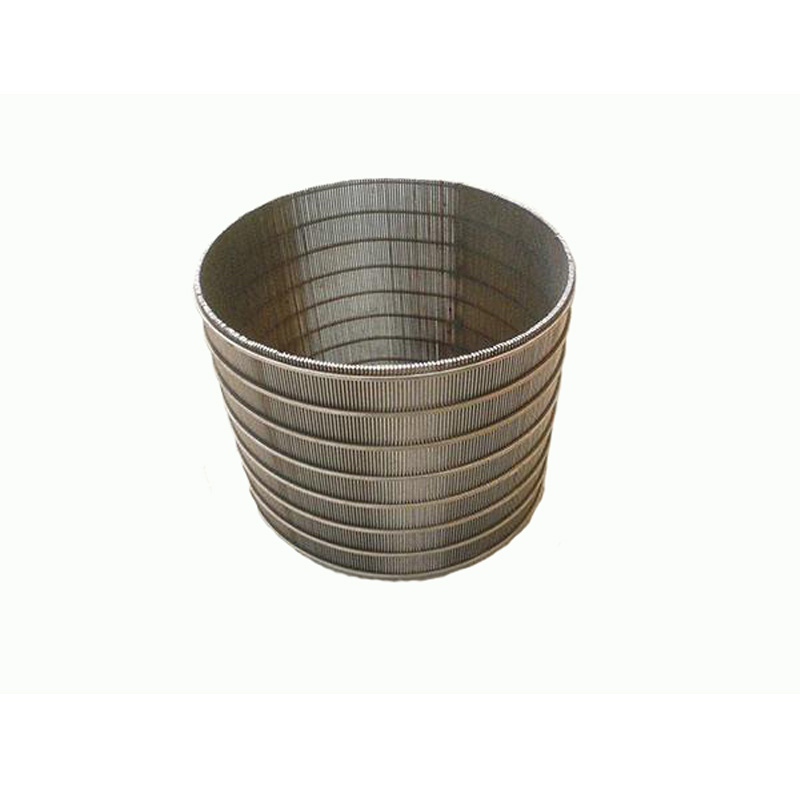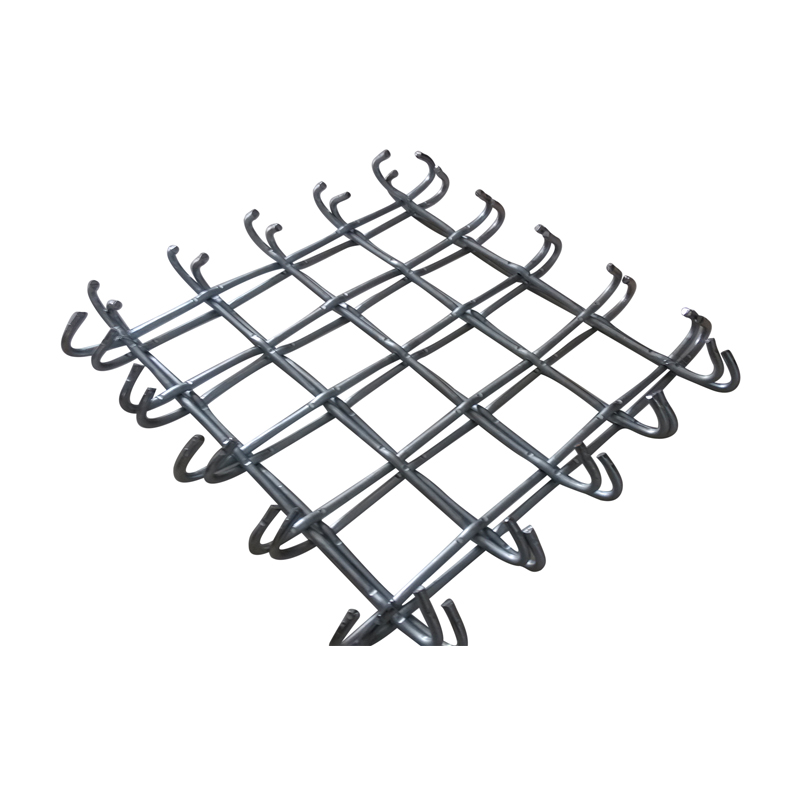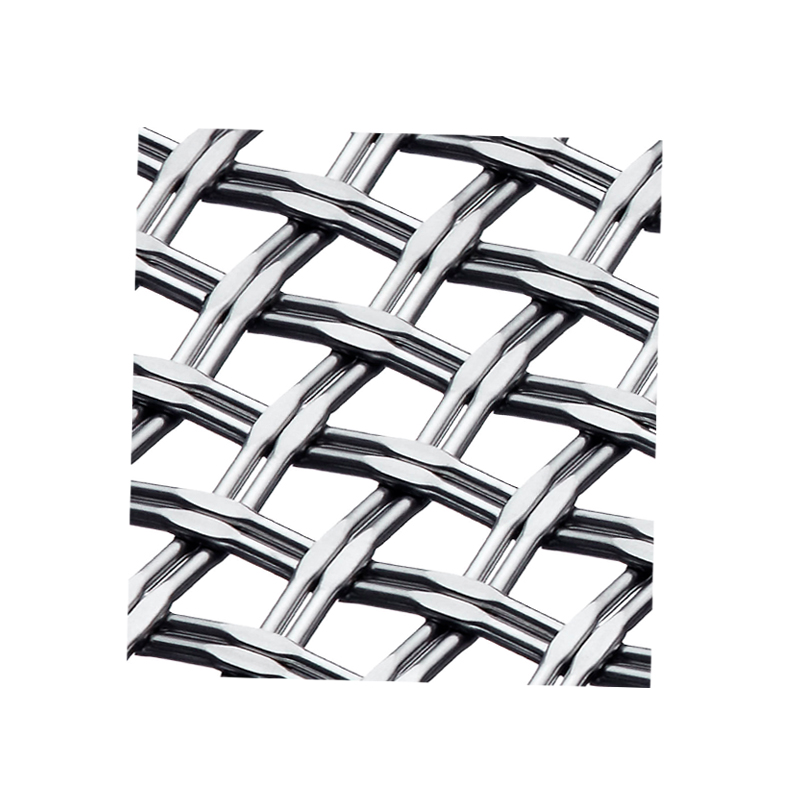Geogrid is a kind of geosynthetics, a mesh structure material with flexibility and drainage performance. It is made of high-strength, low-elongation polyester or polypropylene and other materials, and is widely used in civil engineering for soil consolidation and protection projects, soil reinforcement and drainage. Geogrid has the characteristics of strong bearing capacity, high tensile strength, high rigidity and aging resistance, and has a wide range of applications. The following will introduce in detail the scope of application of geogrid in soil consolidation and protection projects.
1. Reinforcement of road and railway foundations: Geogrid plays an important role in the reinforcement of road and railway foundations. The use of geogrids on soft foundations can increase the bearing capacity of the foundation, reduce settlement and deformation, and improve the stability and safety of the project. In addition, geogrids can also be used to reinforce anti-scour protective layers and extend the service life of road and railway foundations.
2. Reinforcement of embankments and retaining walls: Geogrid plays an important role in the reinforcement of embankments and retaining walls. In the anti-seepage reinforcement of dams, geogrids can be used to reinforce the anti-seepage layout layer and the filter layer to improve the anti-seepage performance and stability. In the reinforcement of retaining walls, geogrids can be used to increase the stability of retaining walls and reduce the displacement and erosion of soil.
3. Site enclosure and slope protection: Geogrids play an important role in site enclosure and slope protection. In site enclosure, geogrids can be used to reinforce the slope of the embankment and the retaining structure to prevent soil erosion and collapse. In slope protection, geogrids can be used to resist scouring and erosion, stabilize the slope, and protect the soil from erosion and water scouring.
4. Reinforcement of river embankments and river channels: Geogrids play an important role in the reinforcement of river embankments and river channels. In the reinforcement of river embankments, geogrids can be used to strengthen the stability and anti-scouring ability of the embankment body and improve the safety and flood control capacity of the embankment. In the reinforcement of river channels, geogrids can be used to repair river channel erosion and scouring, and protect riverbeds and bank slopes from erosion and water scouring.
5. Anti-seepage and stabilization of landfills: Geogrids play an important role in the anti-seepage and stabilization of landfills. In the anti-seepage of landfills, geogrids can be used to reinforce the anti-seepage layout layer to prevent the leakage of liquid from polluting the soil and groundwater. In the stabilization of landfills, geogrids can be used to reinforce the garbage pile, prevent collapse and erosion, and ensure the stability and safety of the landfill.
In short, geogrids have a wide range of applications in soil consolidation and protection projects. It can be used for the reinforcement of road and railway foundations, the reinforcement of dams and retaining walls, site enclosures and slope protection, the reinforcement of river embankments and rivers, and the anti-seepage and stabilization of landfills. Geogrids have the advantages of high tensile strength, aging resistance, flexibility and drainage performance. They can provide stable and reliable soil consolidation and protection effects, and can reduce project costs and construction time. Therefore, they have been widely used in engineering.










